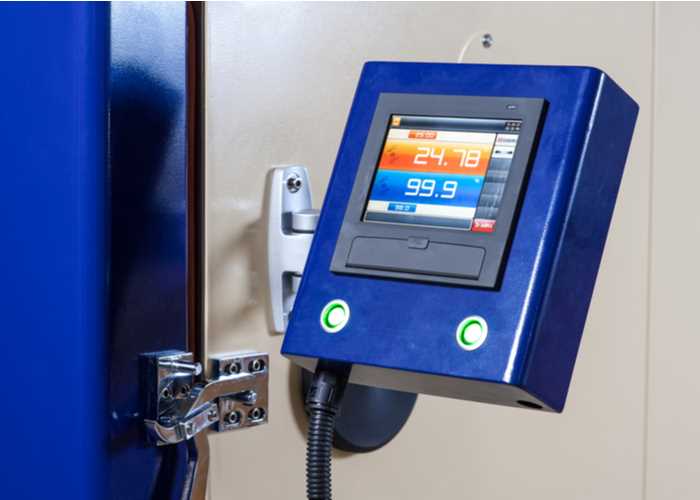An environmental test chamber is an enclosed space inside which specific conditions can be created and controlled. These conditions are then applied to put any given product or component part under certain stresses.
Environmental chambers are used in both research and development (R&D) and the production phases across multiple sectors including the pharmaceutical, cosmetics, automotive, electronics, and food and drink industries.
Essentially, environmental test chambers give assurance that the products we use on a daily basis are fit for purpose - and if you’re developing and taking products to market, it’s in your best interests to ensure safety, quality and customer satisfaction through rigorous testing. Indeed, in some cases, it’s a legal requirement.
Testing chambers come in many different forms, but when we talk about those that create conditions relating to temperature and humidity, we generally refer to:

Thermostatic chambers - for temperature controlled testing only
Climatic chambers - for both temperature and humidity controlled testing
Thermal shock chambers - for exposure to changes in extreme climatic conditions
Depending on the manufacturer, temperatures as high as +180℃ are achievable, with minimum temperature around -40℃ for single-stage chambers. Double-stage chambers (which include a cascade system) can go as low as -80℃. Relative humidity is typically achievable between the range of 10% and 98%.
These systems allow for products to be exposed to, and tested in, precise environmental conditions in a controlled manner.
The primary function of an environmental test chamber is to assess how products react in certain conditions. This allows manufacturers to spot design flaws, check for safety controls, and determine warranties, amongst other things.
A good use case example of a test chamber is for shelf-life testing. Manufacturers can subject a product to ‘highly accelerated life testing’ (HALT) to determine its ‘failure point’. They do this by exposing a product to changes in temperature, the effect of which mimics exposure to ‘normal’ conditions over a given time frame (for example, a change of five degrees mimics two years in real-world conditions).
As well as climatic controls, there are chambers that combine temperature and humidity testing with vibration testing - to determine how well a product would hold up during transportation for example - and those that introduce salt spray to test for corrosion resistance.
The applications of environmental chambers are many, and for every product there’s an appropriate system for robust testing.
To ensure your test chamber gives reliable results, correct collaboration and ongoing maintenance are key. Our Planned Preventative Maintenance (PPM) packages are designed to suit the exacting requirements of your testing equipment, covering leaks, wear and tear and any technical faults that may affect the conditions of your controlled environment.
